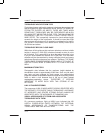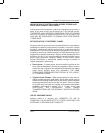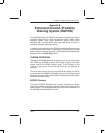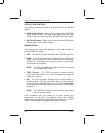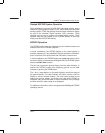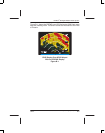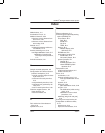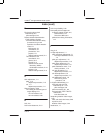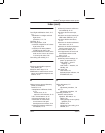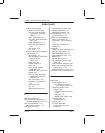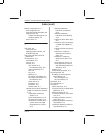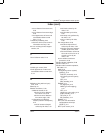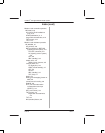
PRIMUS
R
660 Digital Weather Radar System
A28–1146–111
REV 2
Index
Index–4
Index (cont)
weather radar controller
operation, WC–660 (cont)
RCT (rain echo attenuation
compensation technique
(REACT)), 3-11
SECT (scan sector), 3-12
SLV (slave) (dual installations
only), 3-13
STAB (stabilization), 3-11
target alert characteristics,
3-12
TGT (target), 3-12
TILT, 3-13
weather radar indicator operation,
WI–650/660, 3-1
AZ (azimuth), 3-9
BRT (brightness) or BRT/LSS
(lightning sensor
system), 3-9
display area, 3-5
function switch, 3-5
GAIN, 3-8
GMP (ground mapping)
button MAP, 3-2
Rainfall rate color coding, 3-6
RANGE, 3-9
RCT (rain echo attenuation
compensation technique
(REACT)), 3-3
SCT (scan sector), 3-9
target alert characteristics,
3-4
TGT (target), 3-4
TILT, 3-8
WX (weather) button, 3-2
P
Pilot event marker, 8-4
Pitch and roll trim adjustments, 7-1
level flight stabilization check, 7-3
Pitch gain adjustment, 7-15
adjustment procedure, 7-15
Pitch gain error, 5-22
pitch stabilization check, 5-22
Pitch offset adjustment, 7-8
adjustment procedure, 7-8
Pitch stabilization check, 7-12
check procedure, 7-12
Preliminary control settings, 4-1
power–up procedure, 4-1
radar mode – ground mapping,
4-5
radar mode – weather, 4-4
standby, 4-4
Procedures
in–flight roll offset adjustment, 7-5
pitch gain adjustment, 7-15
pitch offset adjustment, 7-8
pitch stabilization check, 7-12
power–up, 4-1
roll gain adjustment, 7-11
roll stabilization (while turning)
check, 7-9
severe weather avoidance, 5-43
stabilization in straight and level
flight check, 5-17, 7-3
stabilization in turns check, 5-19
Publication ordering information, 9-4
R
Radar facts
ground mapping, 5-56
TILT setting for maximal
ground target display, 5-57
interpreting weather radar
images, 5-24
radar and visual cloud mass,
5-26
squall line, 5-27
weather radar images, 5-24
radar operation, 5-1
phenomenas, 5-4
radome, 5-42
rain echo attenuation
compensation technique
(react), 5-31



